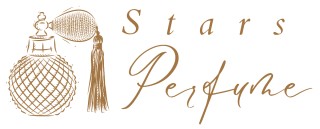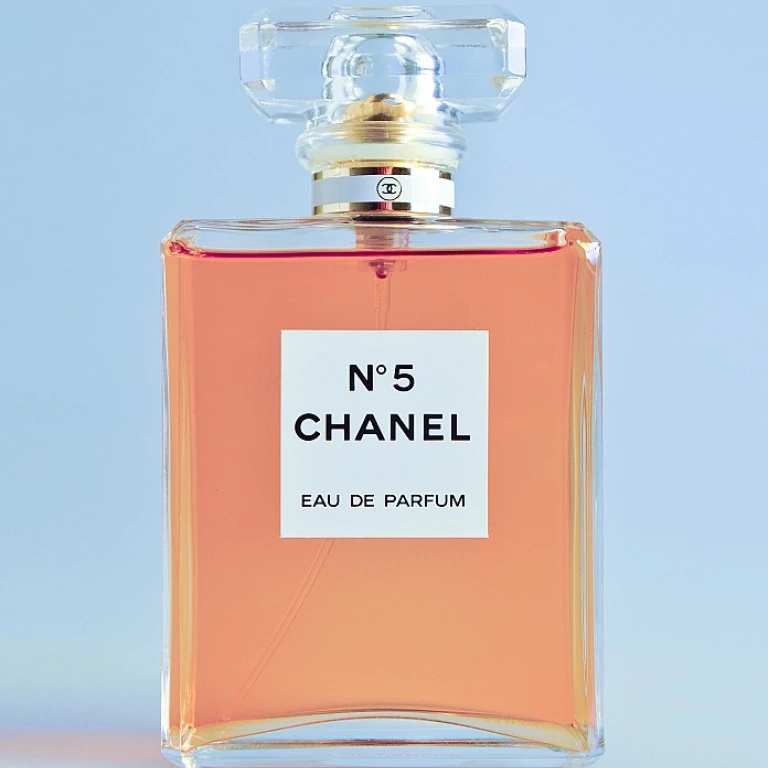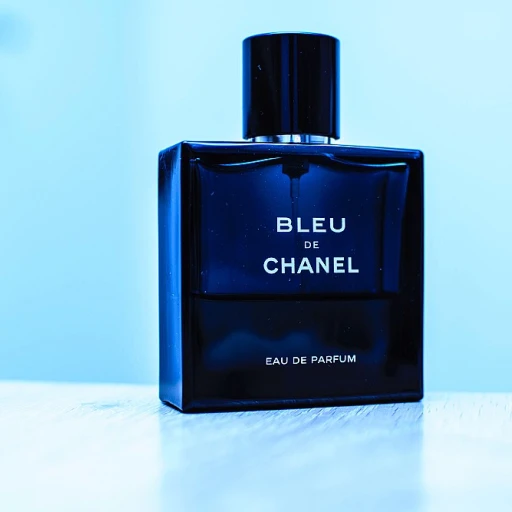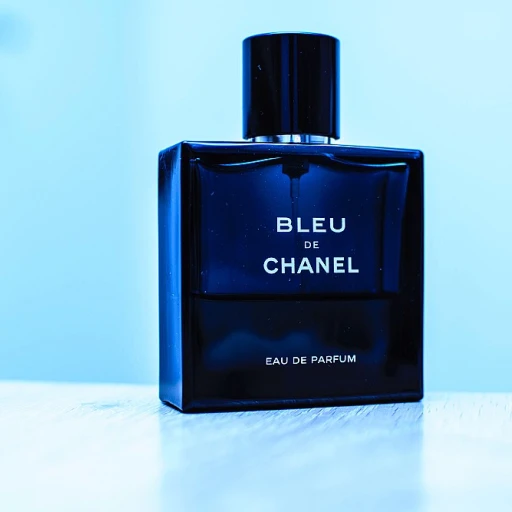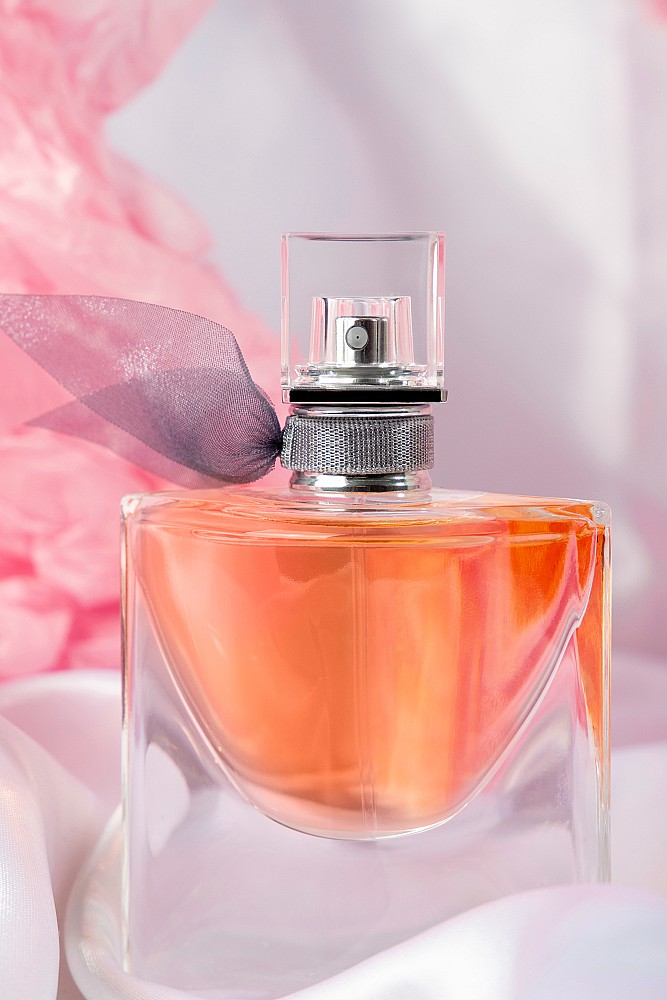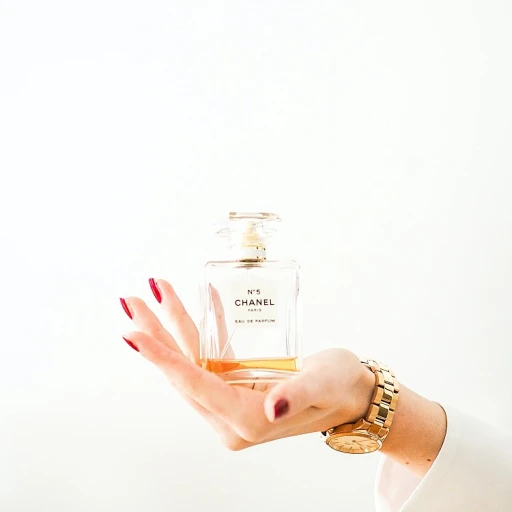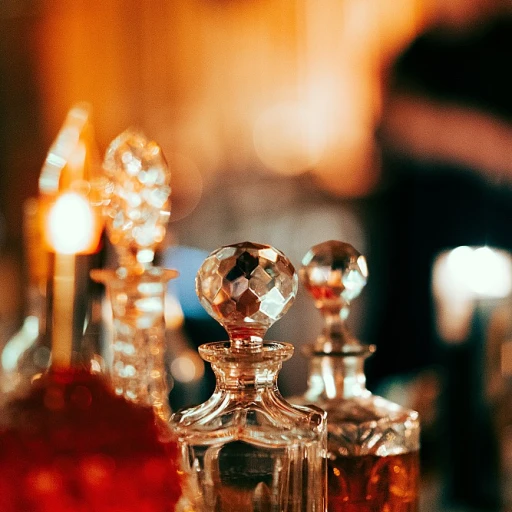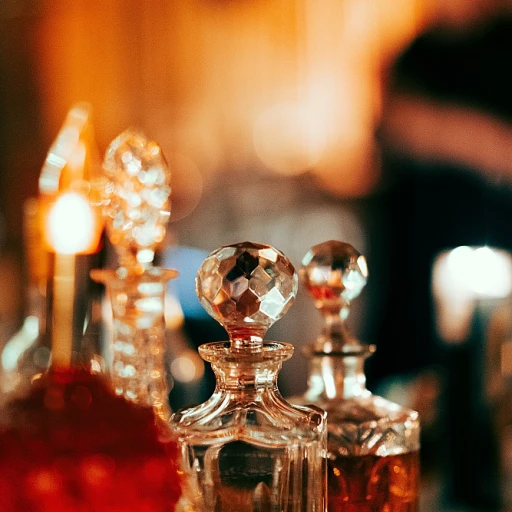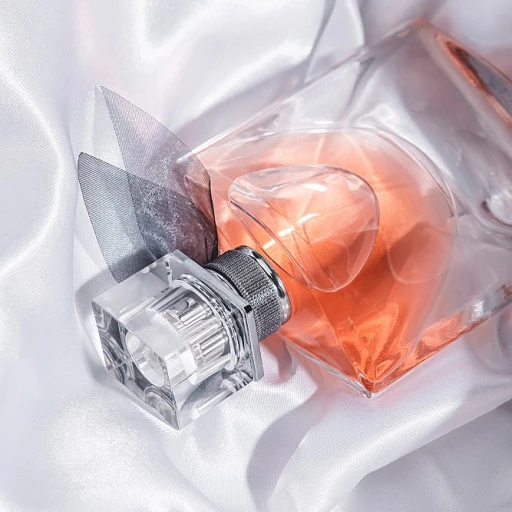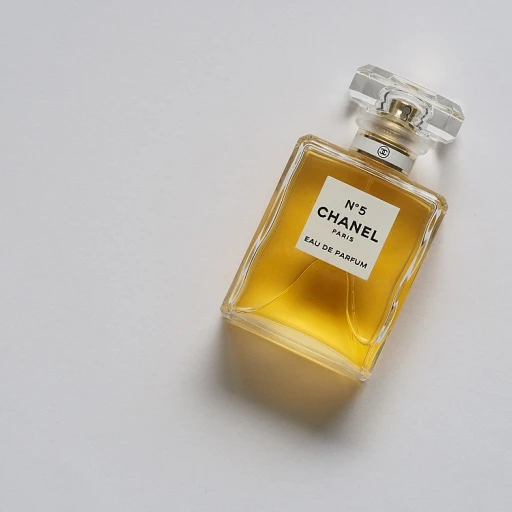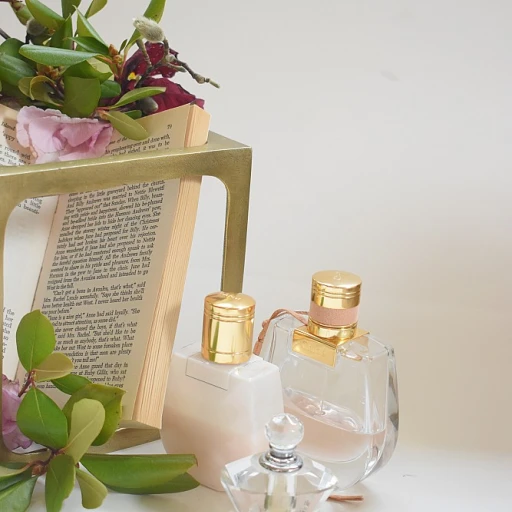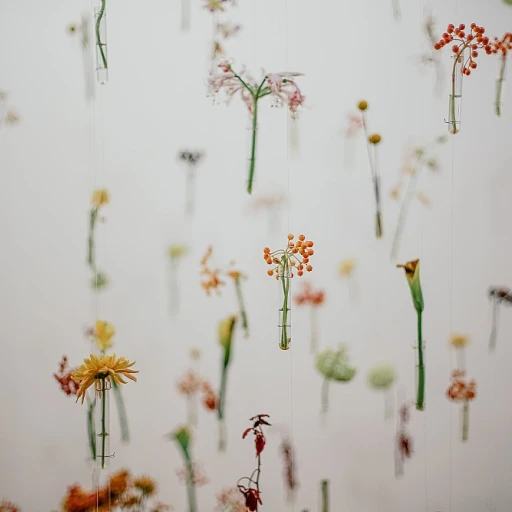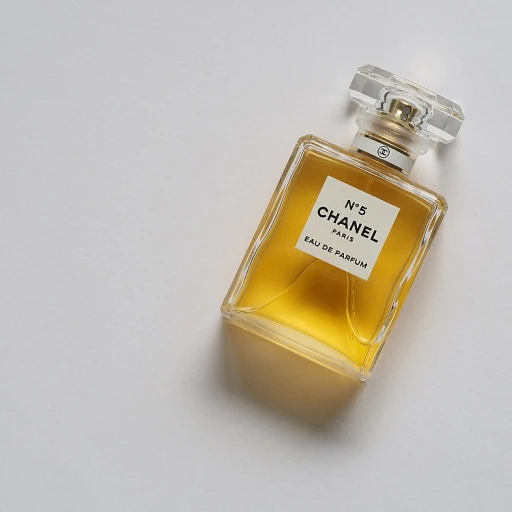
The Historical Significance of Rose and Amber
The Timeless Journey of Rose and Amber
The allure of rose and amber in perfumery is deeply rooted in history, with both ingredients playing pivotal roles in the evolution of fragrance. Roses, often referred to as the 'queen of flowers,' have been cherished for their captivating scent and symbolic meanings across various cultures. From ancient Persia to the gardens of Europe, roses have been cultivated not only for their beauty but also for their aromatic oils, which form the heart of many perfumes.
Amber, on the other hand, is a complex and multifaceted component. Historically, it has been associated with warmth and opulence. Unlike rose, amber is not derived from a single plant but is a blend of resins, oils, and other natural elements. This gives it a unique profile that has been used to add depth and richness to fragrances throughout the ages.
The historical significance of these two elements is not just about their use in perfumes but also their cultural impact. In ancient times, rose and amber were often used in religious ceremonies and as offerings to deities, symbolizing purity and divinity. Their enduring presence in perfumery today speaks to their timeless appeal and the emotional connections they evoke.
As we explore the scent profiles of rose and amber in the next section, it becomes clear why these ingredients continue to inspire modern perfumers. Their ability to blend seamlessly with other notes, such as white floral or woody amber, allows for endless creativity in crafting unique and memorable fragrances.
Scent Profiles: Understanding Rose and Amber
Demystifying the Olfactory Symphony of Rose and Amber
The exploration of rose and amber in perfumery reveals an intricate tapestry of scent profiles that have captivated fragrance enthusiasts for centuries. These two notes, when interwoven, evoke a complex yet harmonious aroma—each with its unique characteristics and role in the olfactory experience.
Rose, often described as the epitome of floral elegance, exudes a rich aroma that can range from fruity floral to fresh and white floral. Different varieties such as the lush Damascus rose or the lighter, airy rose de Grasse add layers to this aromatic profile. Similarly, the 'amber' note, not a single ingredient but rather a complex chord, combines resins, vanilla, and labdanum to produce a warm, woody amber scent. This melange adds depth to the fragrance, embodying a floral woody signature that not only complements rose but also enhances its intricate nuances.
In fragrance reviews, the combination of these notes is often appreciated for its sophisticated yet accessible allure. Perfumes that artfully blend rose and amber often hold a prime position in a perfumer’s collection, remaining in top demand for their ability to be both timeless and contemporary. It's this subtle yet captivating balance that makes the harmony of rose and amber an enduring choice among both traditionalists and the adventurous at heart.
Beyond their olfactory appeal, both rose and amber hold a symbolic weight that transcends cultures, backstage to the amber rose aromas in the realm of modern perfumery, where they contribute to the diverse world of eau parfum and niche creations. In a world where privacy policy often dictates our choices, it's refreshing to know that the allure of these notes continues to be celebrated for their ability to transform and captivate, offering a sensory journey that's nothing short of poetic.
The Art of Blending: Rose and Amber in Modern Perfumery
The Intricate Dance of Fragrance Composition
In the world of modern perfumery, the art of blending rose and amber is as much a science as it is an art form. As two of the most complex scent profiles, their combination brings forth a fragrance that is timeless and unique, appealing to a wide range of olfactory preferences. The rose, often described with floral and fruity floral notes, adds a fresh, bright dimension to perfumes. Its luxurious, white floral character can sometimes even flirt with the edge of sweetness, making it a beloved base in many eau parfum creations. On the other hand, amber, known for its warm, resinous, and woody amber notes, provides the depth and opulence that is both grounding and enduring. In crafting these perfumes, perfumers are guided by the harmony of these two key components. By layering the ambery rose accords, they can create a sophisticated complexity that resonates with the wearer’s emotions. Modern fragrances may also introduce complementary elements such as black pepper, which can add a spicy twist, or orange blossom for a touch of citrus shine. The availability of cruelty free options ensures that even the most ethically conscious perfume lover can enjoy these fragrant masterpieces. Many renowned perfume houses, offering free shipping and competitive pricing, have taken bold steps in this direction, making high-quality rose and amber perfumes accessible without compromising on ethics. Explore the fragrant journey that magical ingredients like oud oil add to the tapestry of scents. Just like how the art of blending rose and amber continues to evolve, each ingredient plays a crucial role in enhancing the overall experience. As the fragrance industry continues to innovate, expect to see more inspired blends that celebrate the allure of rose and amber, enriching the perfumer’s palette for years to come.Cultural Impact and Symbolism
The Cultural Resonance of Rose and Amber
Rose and amber have long held a special place in the cultural tapestry of perfumery, transcending mere fragrance to embody deeper meanings and emotions. These scents, often found in both eau parfum and parfums marly, are not just about olfactory pleasure; they are imbued with rich symbolism that resonates across different cultures and eras.
In many traditions, the rose is celebrated as a symbol of love and passion. Its floral fragrance is often associated with romance and beauty, making it a staple in floral woody and fruity floral perfumes. The rose's allure is not just limited to its scent but extends to its visual and cultural symbolism, often depicted in art and literature as a representation of purity and elegance.
Amber, on the other hand, brings a different dimension to the cultural narrative. Known for its woody amber and warm, resinous qualities, amber is often linked to spirituality and healing. Its use in perfumes is not just for its base notes but also for the sense of grounding and tranquility it provides. This duality of rose and amber creates a harmonious balance in perfumes, offering both floral and earthy elements.
The combination of rose and amber in perfumes is not just a matter of scent but a reflection of cultural values and traditions. In the united states, for instance, these fragrances are often seen as luxurious and sophisticated, appealing to those who appreciate the finer things in life. The demand for such perfumes is evident in the market, with many brands offering cruelty free options and free shipping to cater to conscious consumers.
Moreover, the cultural impact of rose and amber extends to their influence on modern perfumery trends. As discussed in the art of blending, these scents are often used to create inspired and innovative fragrances that push the boundaries of traditional perfumery. The interplay of amber rose and rose amber notes in contemporary perfumes showcases the enduring appeal of these classic ingredients.
In conclusion, the cultural significance of rose and amber in perfumery is profound, reflecting a rich heritage that continues to inspire and captivate. Whether in the form of a floral or woody amber scent, these fragrances offer a timeless allure that resonates with perfume enthusiasts around the world.
Challenges in Sourcing and Sustainability
Challenges in Maintaining Quality and Ethics
In the heart of perfumery, where the floral and woody fragrance of rose and amber intertwine in perfect harmony, there's an ongoing challenge in sourcing these precious materials sustainably. Perfume connoisseurs appreciate the intricate balance of notes in each bottle, from the top notes of fruity floral to the base notes enriched with woody amber and hints of amber rose. However, the journey from harvest to the perfume's final form is not without its hurdles.
One of the significant challenges is the environmental impact and ethical sourcing of both rose and amber. Procuring authentic rose oil, especially the coveted ambery rose variants, often involves extensive labor and land resources. Similarly, the extraction of amber, especially for high-quality perfumes like parfums marly, requires careful consideration to prevent overharvesting and ensure biodiversity is maintained.
As more consumers become aware of the importance of cruelty-free and sustainable practices, the demand for ethically produced fragrances is on the rise. Modern perfume houses strive to offer free shipping and transparent privacy policy terms to appeal to the discerning clientele, especially in regions like the United States where shipping times typically fall within standard working days.
The evolving landscape of perfumery must also address the fluctuating price points of these key ingredients without compromising on quality. With the rise of digital reviews, consumers have the power to influence trends, favoring perfumes that balance price, ethics, and scent profiles effectively. Brands that incorporate these values into their production process are often rated top in various reviews and considered leaders in the sector.
